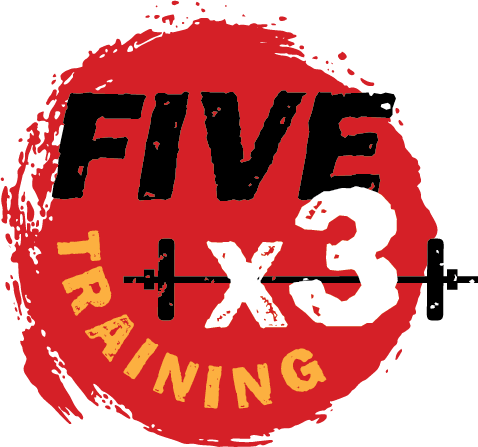We want to move, we should move, but when we move our options are limited by our abilities to move well. We bounce between a minimal training effect, nagging injuries and idle times when we become sidelined by our movement problems, tuned into injuries and flare-ups. Quality exercise requires a minimal investment of time and effort, but what if our bodies cannot handle the frequency, intensity or duration of the required minimal dosage? Easy answer: We turn to incomplete movement practices, like only training our legs, only doing machines, or only participating and practicing the same diet of incomplete movement patterns.
When our movement options are limited, we don’t do technical or invigorating things; we do boring, safe routines like stationary bikes or treadmills that do not require movement competence and don’t reinforce good technique. These things do move us, but we act like hamsters on a wheel for 20 minutes an assume we are fit and physically balanced. The problem might be that many are forced into the confines of the their movement patterns and a poorly managed injury history. Many will never make it back to authentic movement, but who knows how close some one can get.
Movement, Gray Cook, 2010.
I could write a blog post on “Why we move poorly and what we need to do to correct this so we can move more”, but why not let the man who is responsible for recognizing this and written article upon article about this, as well as authored a few books including MOVEMENT: Functional Movement Systems—Screening, Assessment, Corrective Strategies do the talking for me?
Why We Move Poorly… and What to Do About It
If you are wondering why you don’t always feel so good after a session at the gym, or why you are constantly having a nagging hip/back/shoulder/you-name-it issue, then visit Gray Cook’s website. Read what he has to say. Then read it again. That back problem you are having? It may very well be a hip issue, not a back issue. Your right knee nags you all the time. Take a look at your right ankle. You may have an ankle problem, not a knee problem. Joint by joint dissection….look at the big picture. Your body works as a unit so it needs to move and function as a unit. Isolated movements do not help a body that cannot move well.
Below is a video series from lecturer Dr. Ed Thomas on Gray Cook’s website. Good, good stuff. A real look back at the state of fitness in the world from the Greeks to today:
Not so long ago, gyms were full of barbells, rings, parallel bars, ladders, ropes, and all sorts of equipment that required proficiency to use. As a result, people took the time to learn to move well, in order to exercise. They developed good range of motion in all their joints, and performed athletic, full body movements as a matter of course. Nowadays, the average gym is full of machines that require no athleticism to use, and do not encourage the development of functional movement. While this allows more people to “exercise”, it also takes away much of the meaning of the word. Instead of improving ourselves in order to perform challenging movements, we have simplified our “exercising” so that it can be done with little to no struggle. But isn’t the value of the exercise really in the struggle? We need to get back to struggling for good movement. Only when we have mastered the quality of our movement, will we be able to make real and sustained progress toward our fitness goals. Let’s first get back to moving well. As Dr. Ed Thomas says, “Maybe if they (clients and patients) could move well, they would move more often.”
